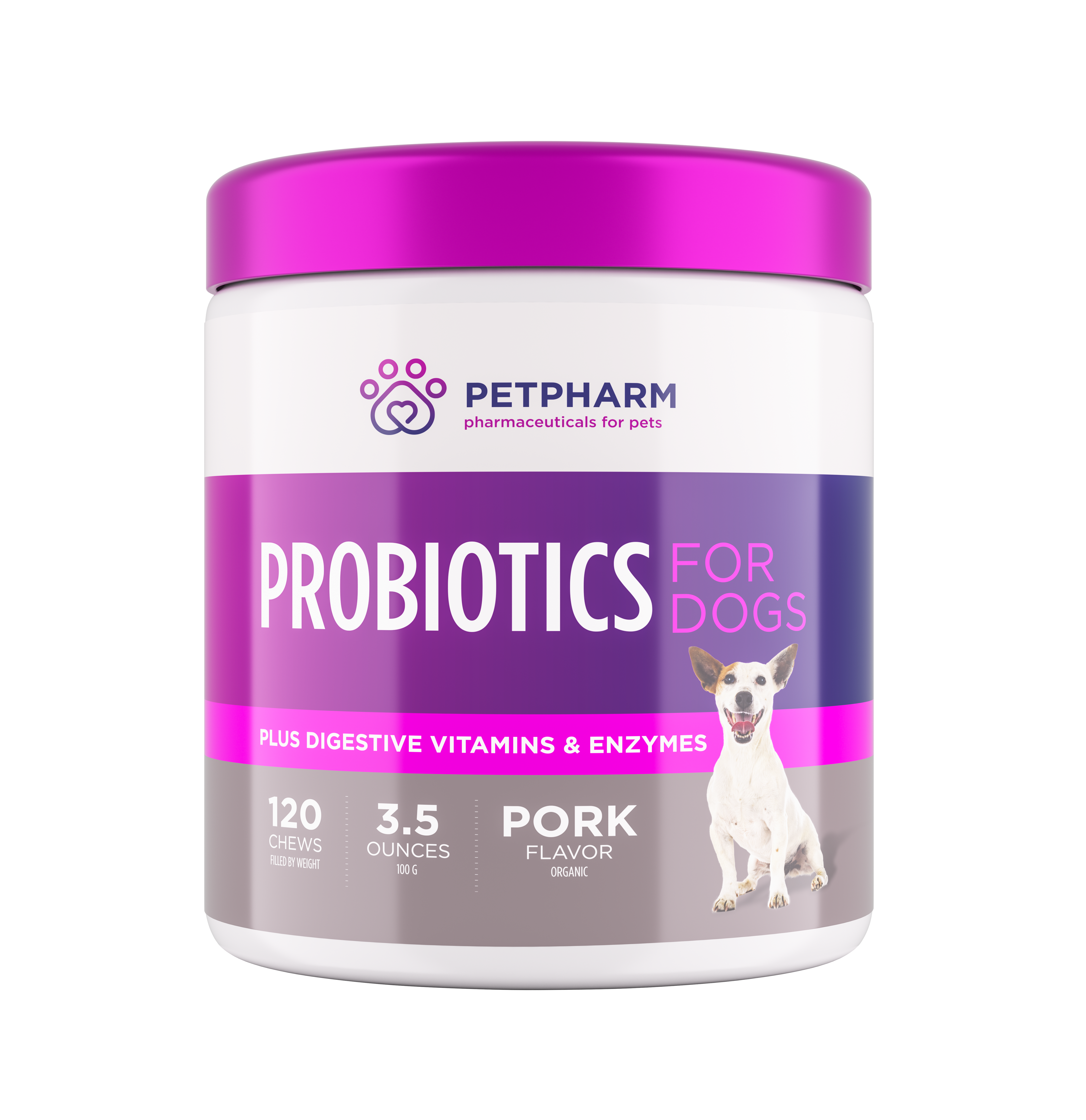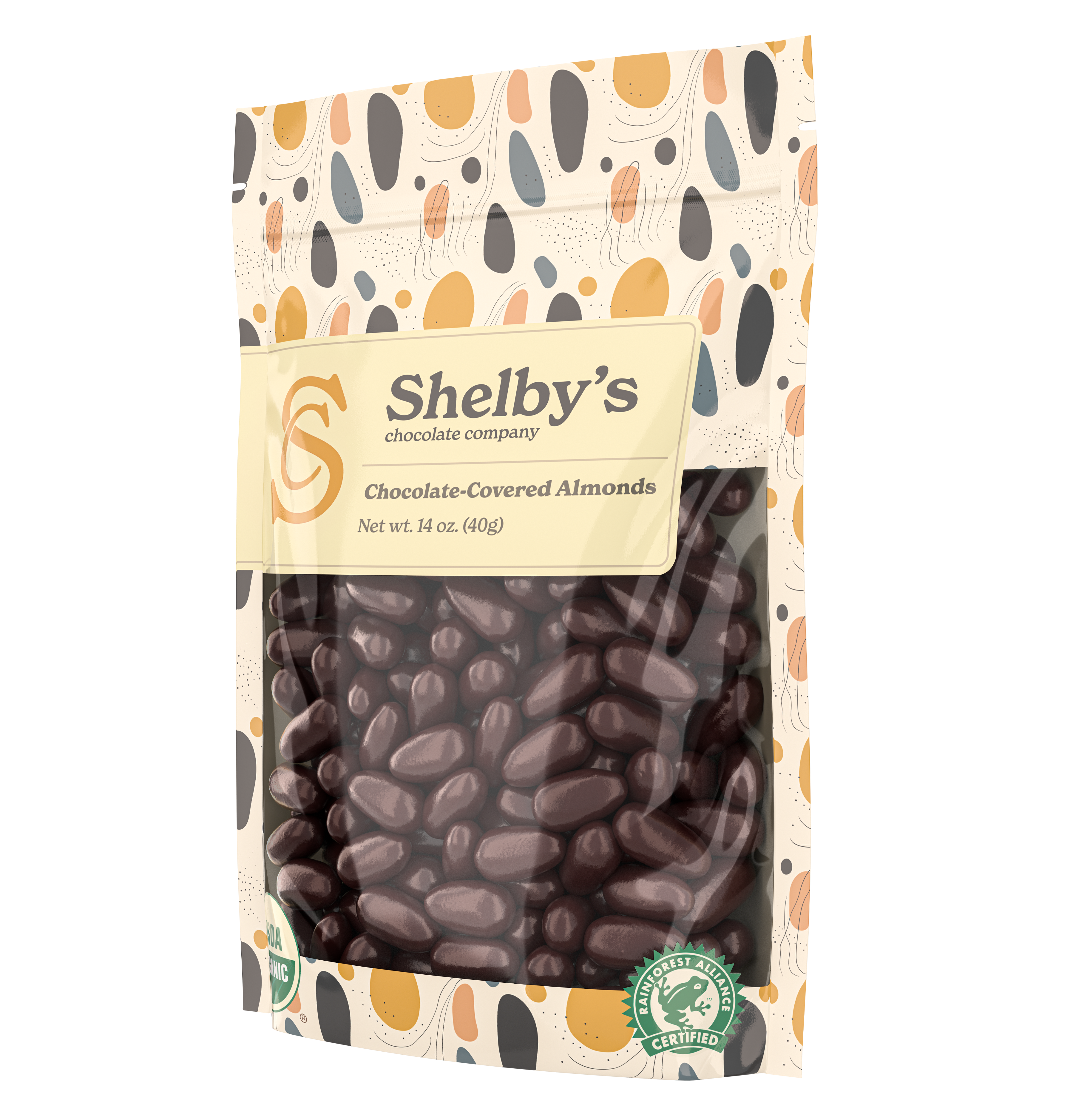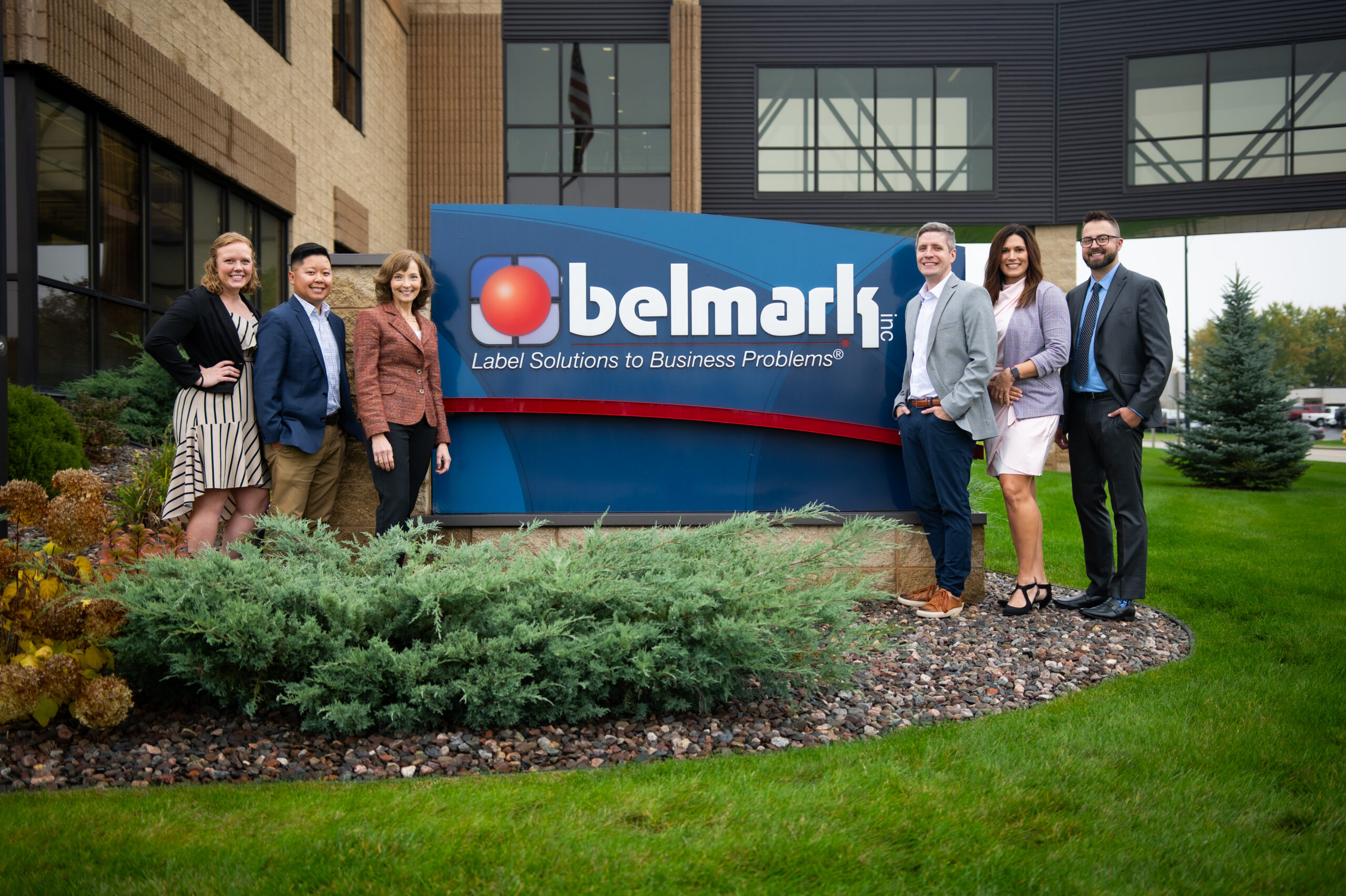Packaging decisions start with your product’s unique needs
Packaging is exciting because it’s the canvas for visually showcasing your brand and the mechanism for delivering your product. However, any investment in designing beautiful packaging is a waste if your product is damaged or spoiled by the time it reaches the end customer.
Above all, your packaging needs to work. It needs to function well to protect your product through each step of its journey to your customer. Once you get the functional elements of your packaging right, choosing appealing designs and features is the next step.
The following are some questions to consider as you think through packaging options:
- How do you sell your product? Via e-commerce, distributors, retail stores?
- What elements must your packaging withstand during shipping, processing, and retailing?
- Is your product breakable? Perishable?
- Does your product need to be refrigerated or temperature-controlled?
- Does your product need to be protected from light? Air? Moisture?
- Does your packaging need to enable resealing to maintain the product’s freshness after it’s opened?
Having a clear understanding of the functional requirements of your product can help you narrow down the type of packaging that makes the most sense.
Popular packaging types for growing CPG companies
Packaging decisions can feel endless, but they often start by matching your unique needs to one of three packaging types: pressure sensitive labels, flexible packaging, and folding cartons.
Pressure sensitive labels
Pressure sensitive labels are what you might see on a bottle of liquor, craft beer, vitamin supplements, gourmet sauces, or a luxury skincare serum.
These labels start at a cost-effective price point and are versatile for various container types and shapes. You also have the opportunity to enhance the look and feel of pressure sensitive labels with various finishings, like foiling, embossment, tactile varnish, dual finish, and specialty laminates.
Flexible packaging
Flexible packaging is made from laminated film and comes in various shapes and sizes. You are likely familiar with flexible packaging with products that come in pouches, like trail mix, coffee, dog treats, granola bars, shredded cheese, or even certain beauty products like single-use facial masks or bath salts. Shrink sleeves, which you find on beverage cans, are another type of flexible packaging.
Flexible packaging has resealable options and is lightweight, space-efficient, and, as the name suggests, flexible.
Folding cartons
Folding cartons are box-style packaging made of paperboard. You are likely familiar with folding cartons through products like six-packs of beer, over-the-counter medicines, candy display boxes, makeup, high-end chocolates, and tea.
Folding cartons are durable and customizable in size, shape, and print finish. Plus, they can complement the products they house by enhancing their presentation and usability. For example, premium folding cartons can support a high-end unboxing experience that positively influences customer perception of the brand.
Consistency across products—regardless of packaging type
Another important consideration is how you will maintain brand consistency across all of your packaging as your CPG business grows. For a cohesive brand experience, the colors and print on your packaging should look the same every time, across every production run, and all types of packaging you use.
For example, let’s say you package your product in a pouch and place it inside a folding carton. Your brand needs to match exactly in these two instances. If the colors or visuals differ based on the packaging medium, it creates a disjointed and less trustworthy brand experience that discredits your product in the eyes of the customer. The same is true when you place a packaging order today and then again six months later; the colors should match exactly.
Ensuring this color consistency starts with working with a packaging supplier that provides unmatched precision and accuracy across all production runs and packaging types.
Your product’s growth stage impacts packaging, too
In an ideal world, you could immediately invest in the most visually appealing, premium, and ideal packaging option. But the reality is that your packaging needs to align with your product’s growth stage, whether in its startup phase, growth phase, or maturity phase.
At every growth phase, you need a supplier who can scale and adapt with your business—meeting your exact needs at each stepping stone. Your supplier should help you:
- Navigate between packaging products and determine when to scale up from one to the other
- Offer insights into material trends, cost savings, and technical design optimizations
- Be as versatile as your growing business is
Packaging for the startup phase
In a product’s startup phase, cost-effectiveness, speed, and flexibility are paramount. Startups need to be able to order what they need when they need it. For these reasons, working with a packaging supplier that doesn’t force minimums on you, has quick prototyping options, and offers cost-effective solutions like digital printing is essential.
Most importantly, choosing a packaging supplier that can continue growing with you is critical to avoid the pain of changing printers once you graduate from the startup phase.
Packaging for the growth phase
Once your product gains traction and starts to hit its growth stride, it’s often time to upgrade your packaging. At this stage, when a customer picks up your product off the shelf or receives it in the mail, your packaging should be memorable or have a “wow factor.”
For example, you could upgrade your plain pouch to one with a dual finish that mixes gloss and matte features, add tactile varnish to your pressure sensitive label, or try a new paperboard finish that enhances the feel of your folding carton. If sustainability is central to your value proposition, you may explore how to increase the sustainability of your packaging.
Your packaging supplier should be able to support your increased production needs at the growth stage and advise you on differentiating features you could add to your packaging.
Packaging for the maturity phase
If your CPG brand is young, the maturity phase likely seems very far off. This may be true, but it’s not too early to consider how the packaging decisions you make today will impact your ability to reach the maturity stage with little to no packaging bumps along the way.
We’ve said it several times, and we’ll say it again: your packaging supplier should be well-equipped to meet your needs not just while you’re getting started but also as you grow, mature your product, and add new product lines. Your supplier should be nimble and feel like a trusted partner committed to your long-term success.Belmark — the right choice for growing CPGs
Your product’s packaging is critical in helping it reach its full potential. At Belmark, we’re here to help you test your ideas, launch in small quantities, and ramp-up to full production.
We take a consultative approach with our customers, taking time to understand your product, its unique needs, and what you’re trying to achieve as a business. Only then do we make packaging recommendations with these considerations in mind.
We’re an ideal fit for growing CPGs because we:
- Have no minimums for product introduction
- Offer short-run digital printing to allow you to test the market and start small
- Produce prototypes as you introduce new products or explore enhancements to your packaging
- Ensure color consistency across all packaging to help you maintain a cohesive brand identity
- Have an innovative spirit that often matches your own





